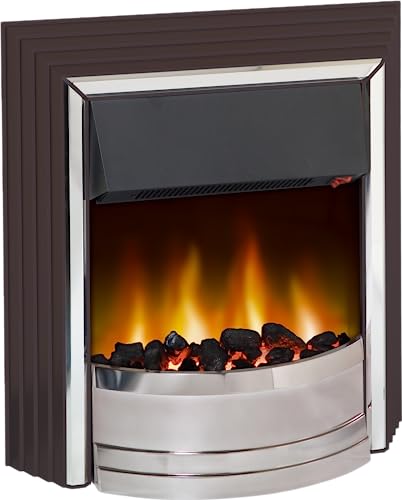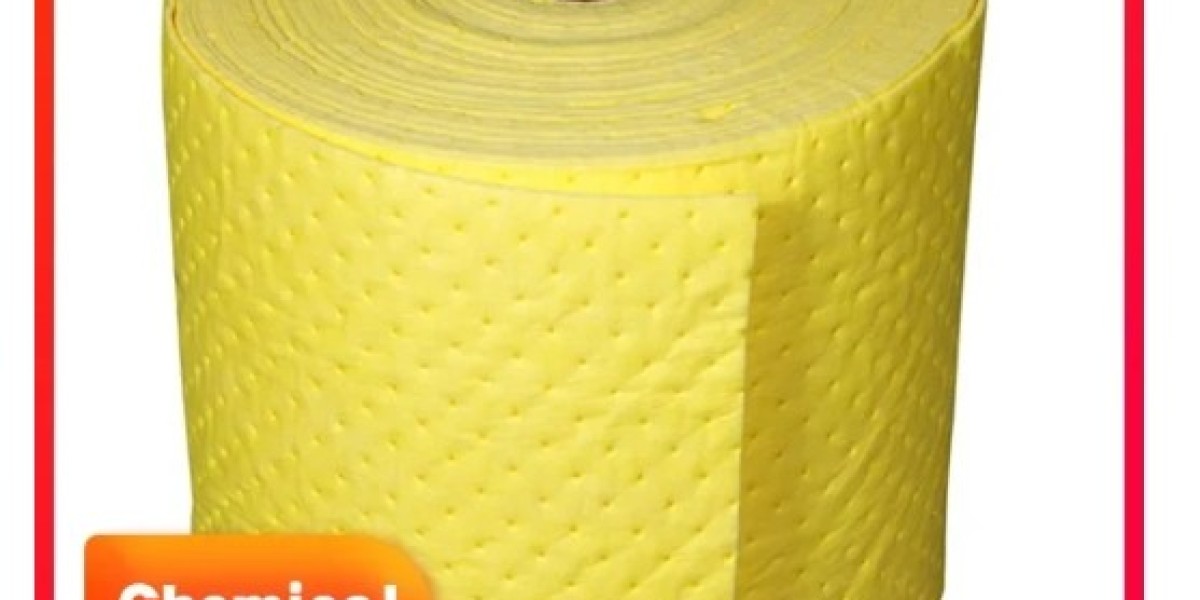 How to Get the Most From a Wood Burner Fireplace
How to Get the Most From a Wood Burner FireplaceWood stoves, in contrast to traditional open fireplaces, are designed to use wood for combustion. This allows them to meet stricter emission standards.
Wood burning stoves are renowned for their dancing yellow flames, cosy crackling sound and that innate sensation of warmth. However the smoke they release contains carbon monoxide and toxic air pollutants such as formaldehyde, benzene and polycyclic aromatic hydrocarbons.
Efficient
Fireplaces and stoves that burn wood provide a beautiful and natural heat to your home, and they are incredibly efficient. A top-quality wood stove can be eco-friendly up to 77 percent. With the increasing cost of energy, it is crucial to ensure that you get the most benefit from your log burner - the good news is that this is much easier than ever before!
The moisture content of wood is one of the main factors that determines how efficient a stove that burns wood is. This is why we recommend only using wood that is seasoned, which has been dried for a minimum of one year, but more often two years. The drier the wood the more efficiently it burns which results in less smoke and harmful emissions.
Another advantage of a wood burning stove is that it's a low carbon source of fuel, which is great for the environment. By purchasing locally sourced wood, you are also helping to contribute to the active management and conservation of forests. This is beneficial for wildlife.
The only thing a wood burning stove requires in terms of maintenance is to regularly take away and dispose of the ash. This can be a little bit of a nuisance, but is well worth it to ensure you get the maximum heat from each and every log. If you wait for the ashes 2-3 days to cool completely, they can also be utilized as a non-toxic and green ice melt. They can also be used to polish jewellery and remove odors.
A fireplace with wood burning is a timeless classic. Although they're less popular than gas fireplaces but there's no denying the beauty and enthralling sound of a roaring fire. These fires are perfect for snuggling up with on cold nights, and make a warm and inviting space in your home. Investing in a high-quality wood burner will pay for itself for many years. Our expert chimney sweeps are on hand to assist you in getting the most out of your stove. Give us a call today to learn more.
Low Carbon
Wood burners that are clean and efficient are among the best ways to save money on logs while keeping your home warm. Additionally, they also aid in local woodland management, a great way of supporting the wildlife that lives in your area.
Wood-burning fireplaces and stoves create very little pollution if they are maintained properly and operated with dry, seasoned and dry firewood. However, if they are not maintained properly or are used with poor quality wood the smoke that is produced by them contains fine particles (known as particulate pollution) that can cause irritation to the lung and other organs. It also contains carbon monoxide as well as toxic air pollutants like formaldehyde, benzene, and polycyclic aromatic hydrocarbons. Inhaling these types of air pollution could cause irritation to the lung, coughing, wheezing and asthma attacks and may even lead to serious health issues like cancer, heart disease, or premature death.
Some people are worried that wood-burning stoves will contribute to climate changes However, this isn't true. Burning wood is a carbon-neutral energy source. Throughout the lifetime of a tree it absorbs carbon dioxide and when burned the carbon absorbed is released back into the atmosphere.
The wood is local, which decreases the amount of pollution emitted in the transportation process. It is important to use hardwoods that have been seasoned and of top quality. They will burn longer and more evenly than softwoods.
Modern, EPA certified wood stoves and heaters (such as those made by Charlton & Jenrick) have much lower emissions than older stoves. They are certified to meet 2020 EPA standards that are significantly stricter than previous emission limits.
All wood-burning stoves must be fully vented to the outside of your home to ensure that they don't create a build-up of exhaust within your home. All of our DEFRA-exempt and clean-burn stoves produce very clear exhaust by keeping the flames at a distance from the logs of wood and using dry, seasoned firewood.
A wood-burning stove with a catalytic converter could be the ultimate low carbon heating solution. These units ignite the particulates and gases from the initial combustion in a second stage by mixing them with superheated air. They then channel the remaining particulates and gasses through a catalytic combustor to create the third and final combustion, the reduction of emissions to levels that is well below the government standards.
Clean Burn
Cleanburn wood stoves burn fuel with the highest efficiency possible. This means that there are fewer emissions of particles into the air when burning wood. The air management system of the stove controls the intake and ventilation of gases, ensuring that the combustion process takes place in a controlled and sealed environment. It also regulates the height of the flame to reduce emissions and maximize the heat output.
This means that your chimney as well as the surrounding area will be a lot cleaner than older stoves. Particulate matter (also known as particle pollution) caused by incomplete combustion of wood causes respiratory problems such as wheezing and coughing and contributes to the development of heart disease, stroke, diabetes and other serious health issues. The smoke caused by wood burning is an important factor in poor urban air quality.
Smoke from poorly combusted timber is a source of fine particulate pollutants as well as harmful air pollutants such as carbon monoxide and other hazardous air pollutants like nitrogen oxides as well as volatile organic compounds (VOCs) as well as benzene and formaldehyde. These particles can penetrate deep into the lungs and other organs and cause discomfort, damage and even death. Dust particles from the air can also cause a hazard to surfaces within your home with a smudge-like feeling.
If you're using a fireplace with wood burning it is essential to use firewood of the highest quality that has been properly seasoned and dried. The most valuable woods for heating are hardwoods such as oak, ash and beech. Hardwoods are extremely dense and have higher BTU content than softwoods. They also provide more heat.
Check with your local authority to see if they have any rules concerning wood burning. They could include rules for nuisance or odor and visible emissions or smoke opacity limits.
It is important to keep the glass of a wood stove with an open front that is free of deposits and dirt. You can use a dry towel or oven cleaner spray to accomplish this. Alternately, you can add bicarbonate of soda with a small amount of water to the glass.
Regular maintenance of your chimney and stove is also essential. Regular chimney cleanings are required to eliminate creosote, and also to ensure that the flue is working correctly. Also, make sure you mark dates for inspections on a regular basis in your diary, as this will help you avoid expensive repairs and prolong the lifespan of your wood stove.
Low Maintenance
Wood burning fireplaces are very popular due to their natural warmth. However, this type of fire requires some upkeep and maintenance. If not cleaned and maintained regularly the chimney, flue, and stove could be fire hazards within your home. These Fireplaces And Stove also provide heat in the event of an electrical outage, especially during winter storms where branches of trees may fall and power lines may be ripped down.
Using a wood burner to heat your home will reduce your carbon footprint substantially when compared to other fossil fuel sources such as gas. Modern wood stoves, inserts and fireplaces are constructed to comply with EPA standards (Environmental Protection Agency), which means they emit very little emissions. The more well-seasoned wood that you use the more efficient your stove will be. You'll require less wood to achieve the same heat.
The fireplaces require some care and maintenance. They should be kept away from combustible material and have a screen. Cleaning the grate of ash and debris will allow airflow, which will prevent the fire from dying too quickly. Also, it will keep your indoors clean. You should have your chimney and stove swept at least once a year to prevent creosote build-up, which can be a fire hazard and a clog that can restrict ventilation.
A wood burning stove has to be tended constantly and it could take some time for a beginner homeowner to master the art of how to light, ignite, and maintain a steady fire in the fireplace. Once you've learned the art, your wood burning stove will be an ideal source of warmth and comfort in your home.
Fireplaces that burn wood have been around in a variety of forms for over 500 years and have rediscovered their popularity due to their efficiency, sustainability, and the natural warmth and aroma of real wood. If you're considering the purchase of a new heater, consult with your local certified Regency dealer to learn more about the benefits of an insert or stove made of wood for your home.







